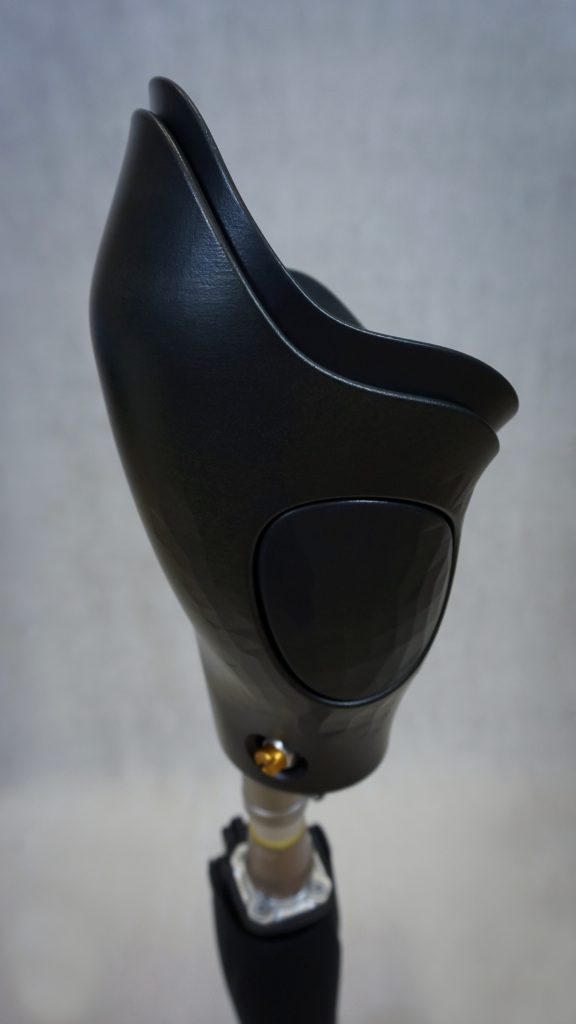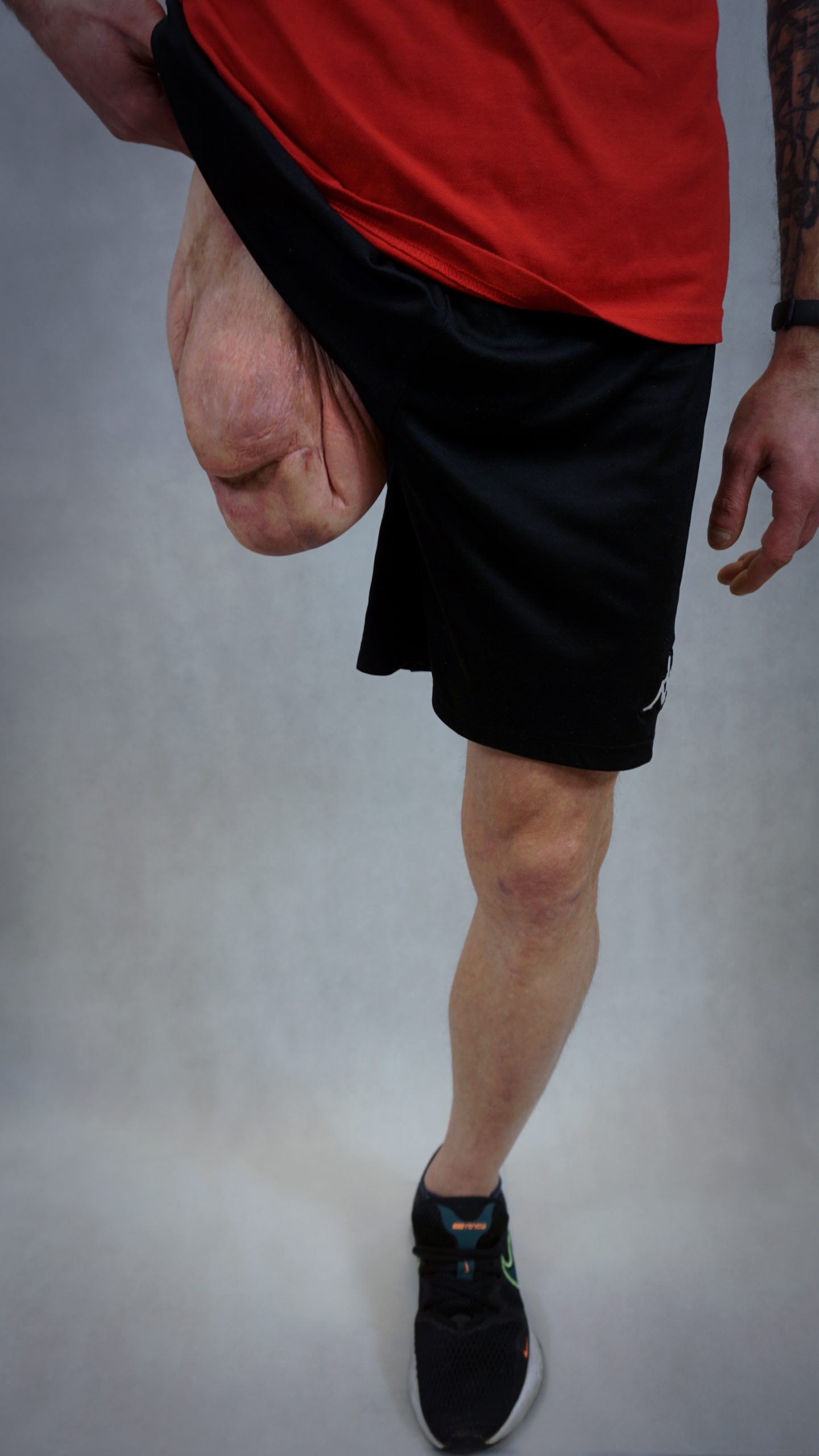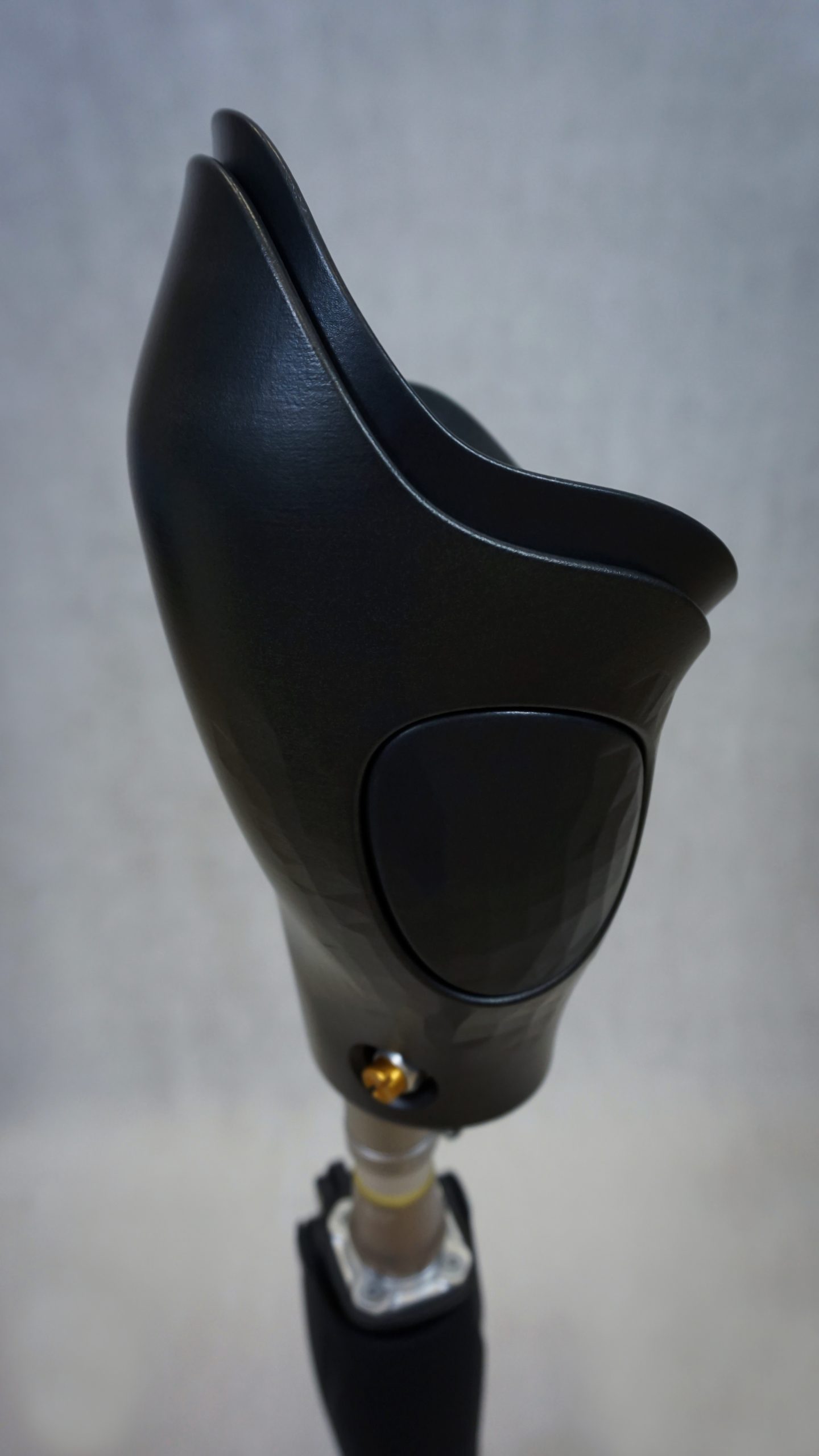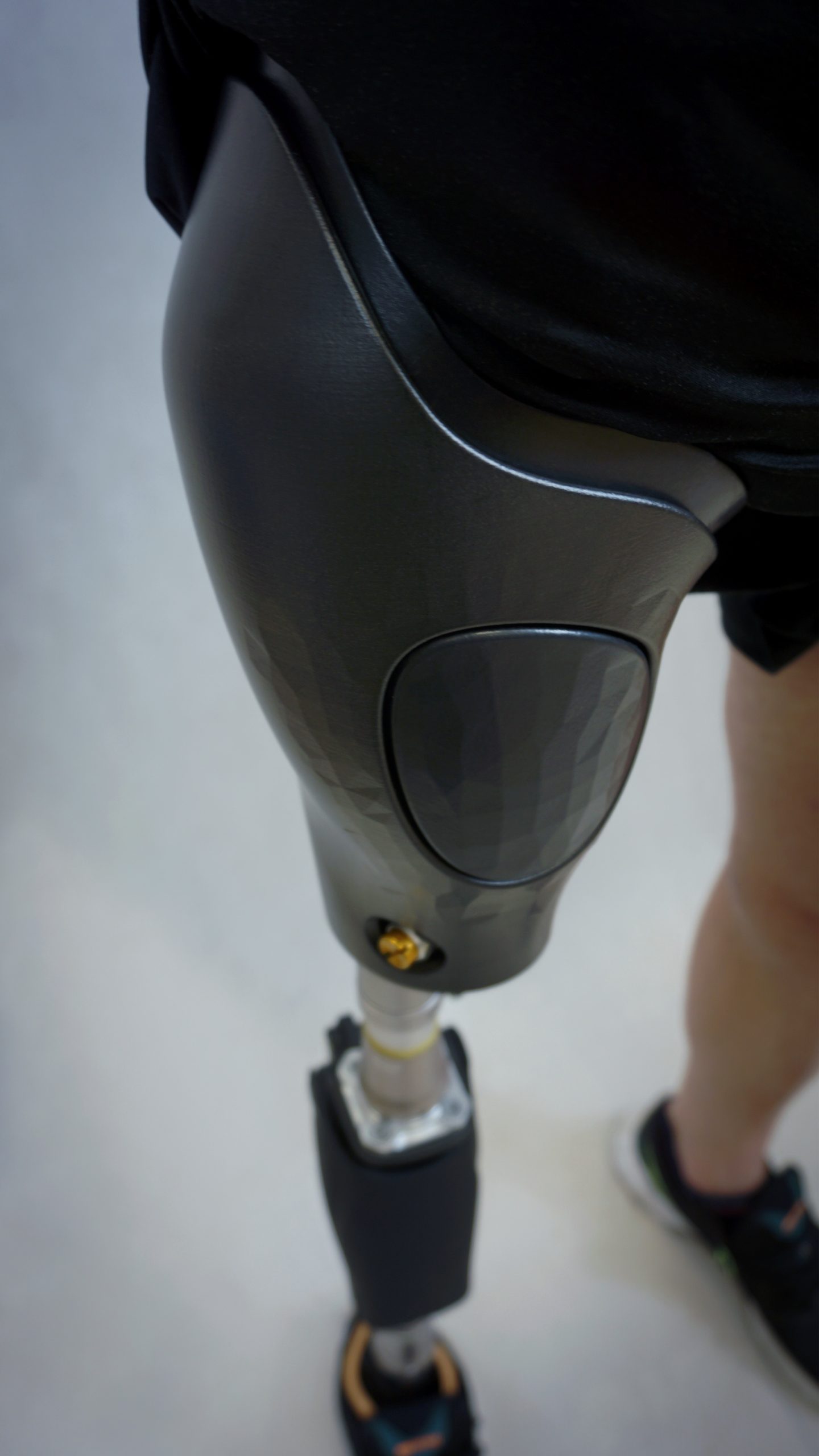Automated post-processing systems manufacturer Additive Manufacturing Technologies (AMT) has deployed its PostPro chemical vapor smoothing technology to improve the surface finish, comfort, and durability of 3D printed prosthetics.
Prosthetic device manufacturer Proteo turned to AMT for the post-processing of its 3D printed DuoSocket prosthetic, which had been customized for a patient who had undergone a limb reamputation and for whom the device was still not comfortable or durable enough to use, due to the shape of the stump.

The firm made use of AMT’s PostPro chemical vapor smoothing system to improve the surface finish of the device in order to make it more comfortable to wear, while also increasing the stability and durability of the prosthetic to enable the patient to continue his normal physical activities, such as cycling and football.

PostPro chemical vapor smoothing
Since its founding in 2017, AMT has processed over six million 3D printed parts and delivered its post-processing systems to more than 25 countries across the globe. Shortly after raising £11 million in Series B funding in October last year, the firm launched the next generation of its chemical vapor smoothing technology at Formnext 2021.
In the two years since the technology’s initial debut at Formnext 2019, AMT intensively developed and redesigned its chemical vapor smoothing systems from the ground up in order to reduce the overall part cost associated with the technology. The chemical vapor smoothing process is designed to automatically smooth and seal the surfaces of 3D printed polymer parts to achieve a surface finish akin to that of injection molding.
AMT’s PostPro technology works by suspending batches of parts in an ergonomically designed sealed processing chamber, which features a proprietary solvent blend introduced in vapor form in a closed-loop system. The consumable then reflows the polymer surface in order to remove irregularities, such as crack initiation sites, and seal the part to deliver smooth, complex geometries without degrading the component’s mechanical properties.
The resulting post-processed parts are airtight, watertight, and retain their tensile strength, meaning they are suitable for use in an array of highly-regulated end-use applications.
AMT’s PostPro technology is compatible with a wide range of polymers and is capable of processing Multi Jet Fusion (MJF), SLS, SAF, and FDM 3D printed parts to their desired surface roughness.

Post-processing for prosthetics
Proteo is one of the first companies to have successfully implemented 3D printing, CAD modeling, and 3D scanning for lower limb prosthetics. The DuoSocket prosthetic marks the next stage in the development of the company’s products, with which Proteo hopes to completely revolutionize the creation of prosthetics on a global scale.
Proteo’s DuoSocket prosthetic was 3D printed using HP’s MFJ 3D printing technology and was made up of two layers; a TPU inner socket and PA12 outer layer. Despite TPU’s flexible properties, the rough 3D printed surface was too uncomfortable to wear for the patient, and would also act as the perfect breeding ground for bacteria if the patient was to sweat too much while in contact with it.
To solve the prosthetic’s surface finish issues, the firm leveraged AMT’s PostPro chemical vapor smoothing technology. After surface finishing, the 3D printed prosthetic gained improved mechanical properties, such as elongation at break, which increased its durability and life longevity. The process also increased the flexibility of the TPU inner socket to deliver greater comfort.
One benefit of the PostPro chemical vapor smoothing technology is that because the process does not add or remove any materials, it does not increase the weight of the part or change its dimensional accuracy. This was particularly important for this application, as the prosthetic was custom-made exactly for the patient due to the challenging shape of his stump after reamputation, which made creating a well-fitting socket very difficult.
To address the concern of bacteria proliferation, the chemical vapor smoothing process sealed the surface of the prosthetic against liquid intake. Therefore, if the patient sweats while wearing the prosthetic, the sweat will simply deflect off the surface instead of being absorbed by the 3D printed part. In turn, the sealed surface increases sterilization, with tests showing that parts undergoing PostPro chemical vapor smoothing demonstrate a reduction of bacteria accumulation when compared to as-printed surfaces.

The final benefit of the PostPro chemical vapor smoothing technology is that it increases the overall aesthetics of parts and makes them look like they have been industrially manufactured. According to AMT, this is the “ultimate goal.”
Once the DuoSocket had undergone the PostPro chemical vapor smoothing process, the patient found that the TPU inner layer was far more comfortable to wear, while the PA12 outer layer was durable and stable enough for him to go about his normal physical activities.
Not only did the partnership between AMT and Proteo provide the patient with a fully suitable and customized prosthetic with improved comfort and performance, but it also demonstrated the benefits of AMT’s PostPro chemical vapor smoothing platform for wider 3D printed prosthetics applications.
Subscribe to the 3D Printing Industry newsletter for the latest news in additive manufacturing. You can also stay connected by following us on Twitter and liking us on Facebook.
Looking for a career in additive manufacturing? Visit 3D Printing Jobs for a selection of roles in the industry.
Subscribe to our YouTube channel for the latest 3D printing video shorts, reviews and webinar replays.
Featured image shows the 3D printed DuoSocket prosthetic post-processed using AMT’s PostPro technology. Photo via AMT.



